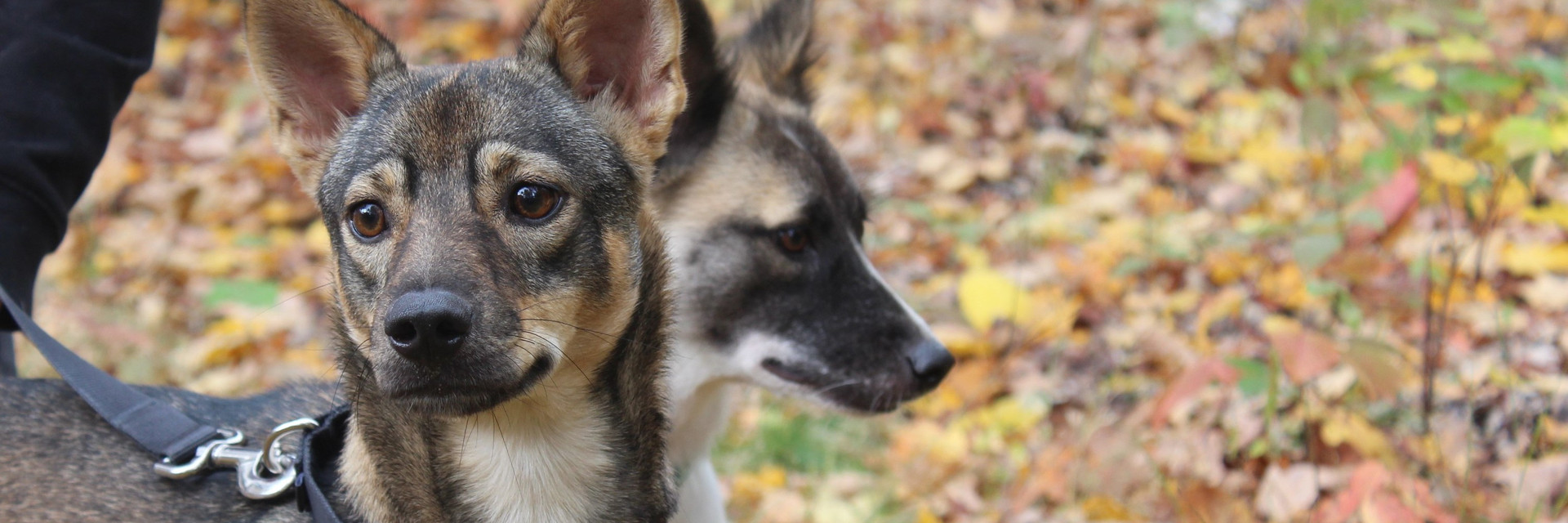
when your dog has a cold
Swift recovery for your four-legged patient
The symptoms of a dog's cold are usually sneezing, nasal discharge, frequent licking of the nose and watering eyes, as well as tiredness. As soon as the first symptoms of illness appear, only take short walks. In wet weather, your dog should be throughly towelled dry after being outside and needs a lot of rest. If in addition to having a cold your dog starts to cough, retch, develop rattling breath or eye discharge, or suffer from a raised temperature (above 39°C), it's time to see a vet.
When a dog shows signs of getting ill, warmth is vital. Make sure your dog is really cosy at home.
Inhaling helps to ease symptoms
Inhaling is a good way to hinder the symptoms of your four-legged patient's cold. Water with sea salt is especially suitable, as well as various sorts of tea. Do not use essential oils – they can be toxic for the animal. Getting your dog to inhale is easiest if he or she is used to a sleeping box or transport crate. Close the animal in the box, place a bowl in front of it and cover the bowl and box with a thick blanket. That will form an ideal inhalation cave. It is important not to place the bowl too close to the box so that it cannot be tipped over and scald the dog. The inhalation liquid should be very warm but in no case boiling. Make sure that your dog feels comfortable during the procedure by not leaving the animal unattended and paying attention to its well-being.
Strengthen your dog's immune system
In order to stave off a cold in the first place, dog owners can take some preventive measures. Just like us human beings during the cold season, dogs have an increased need for vitamins and fatty acids – this should be taken account of when feeding. Preparations that generally strengthen the immune system like echinacea extract, vitamin C and aloe vera can be administered through the dog's food.
Humidifiers can be useful for improving indoor air quality. Definitely avoid the use of room fragrances, sprays or incense sticks.
 Please be careful! If you delete this page, consider that it could be used within an other language version.
Please be careful! If you delete this page, consider that it could be used within an other language version.
